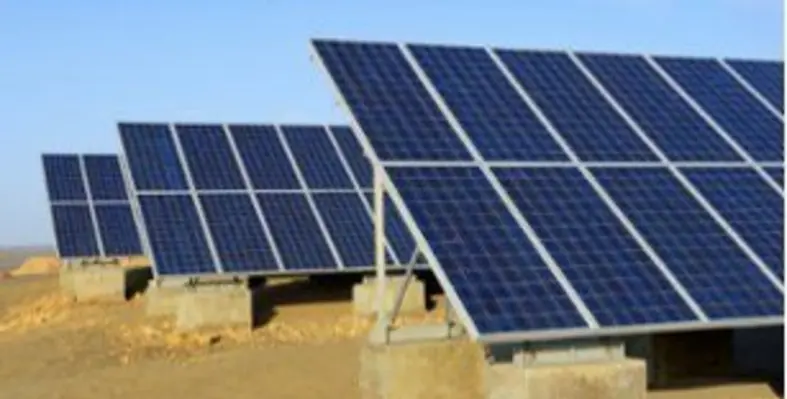Kuwait, one of the Middle East?s main oil producers which is facing internal electricity demand growing by about 8 per cent? a year ? much of it caused by heavy use of air conditioning systems ? has outlined the most ambitious target for using renewable energy seen in the Gulf region.
Domestic consumption has more than doubled over the past ten years.
OPEC?s fifth-largest oil exporter aims to generate 10 per cent of its electricity from sustainable sources by 2020.
The ambitious energy blueprint was outlined to reporters by Eya Ali Al-Falah, assistant undersecretary for technical services at the Ministry of Electricity and Water. In March this year, the country issued a tender to build the Al-Zour North power plant, one of Kuwait?s biggest ever projects to boost supplies, which would cost an estimated US$2.7 billion.
The country imports liquefied natural gas to supply its network of power stations when demand peaks in the summer months. Kuwait is also planning to build a new oil refinery at a cost of at least 4 billion dinars as part of its struggle to meet domestic demand. Less that 1 per cent of the power supply is at present obtained from renewable sources.
According to the BP Statistical Review of World Energy for 2011, Kuwait consumed 413,000 barrels of oil per day in 2010, about 16 per cent of its total production. That is a whopping 66 per cent more than in the year 2,000, while domestic oil production during the same period increased by just 14 per cent.
Kuwait is trying to free up oil for export and expand its generating capacity to support increased tourism, manufacturing and home construction as part of a US$112 billion development scheme.





